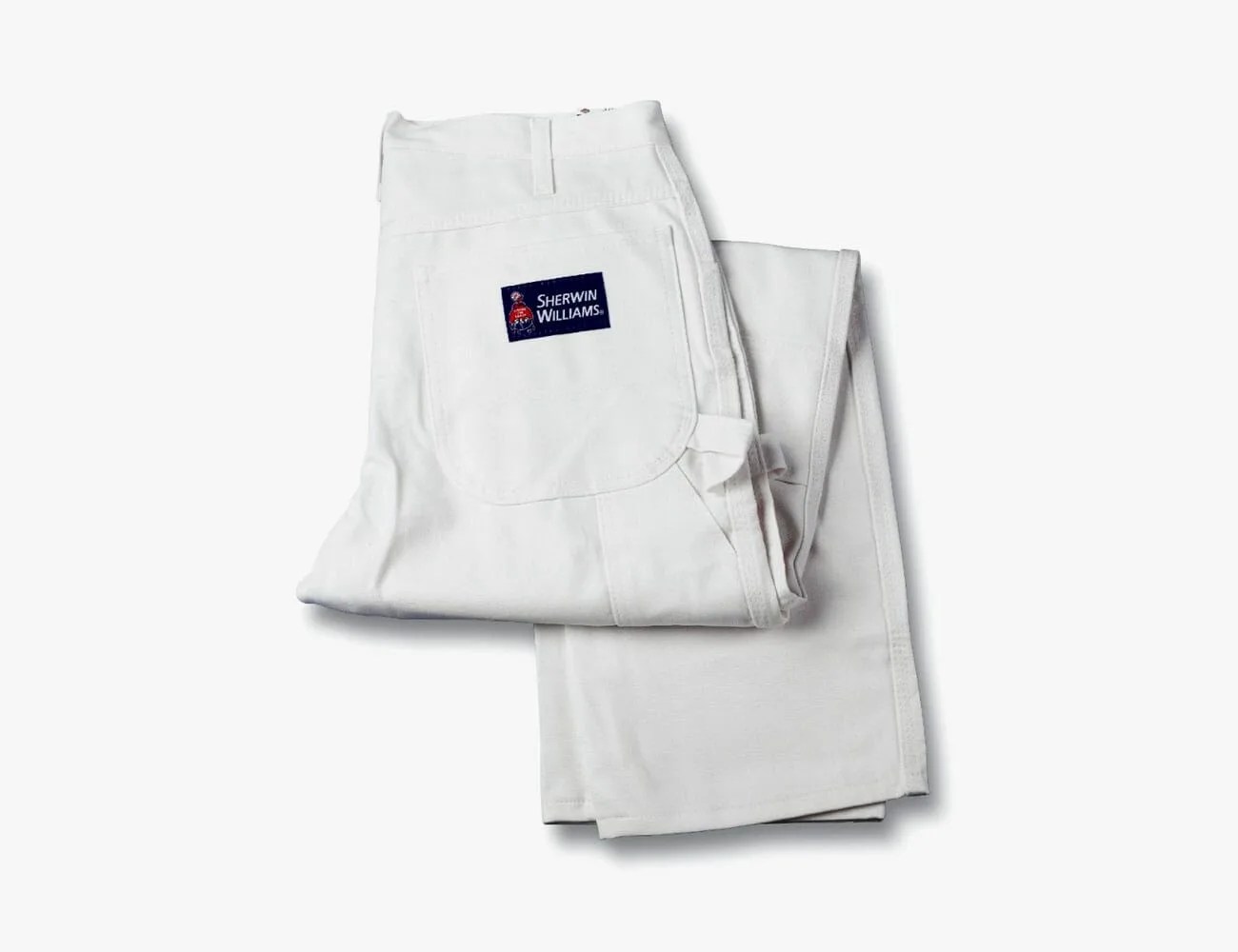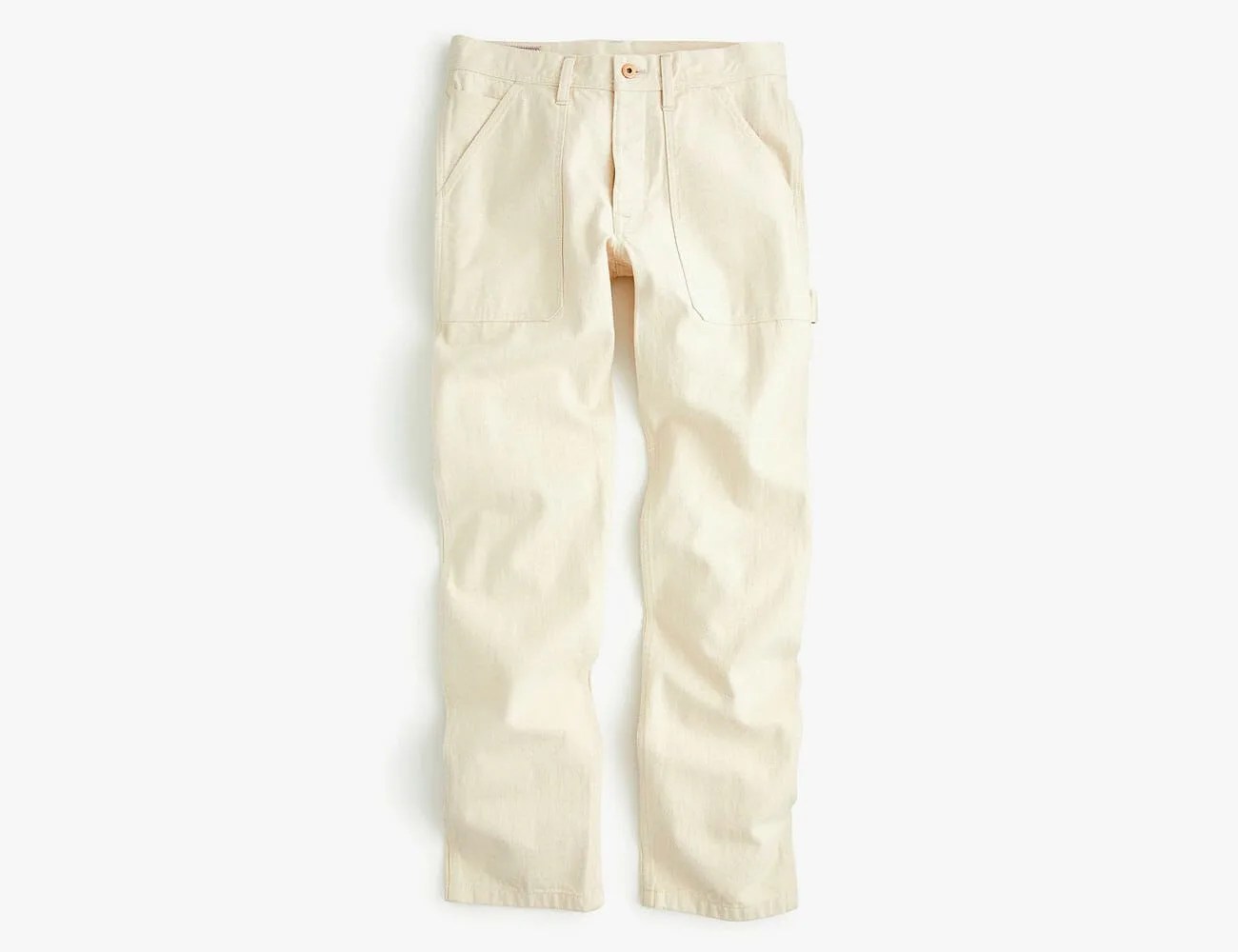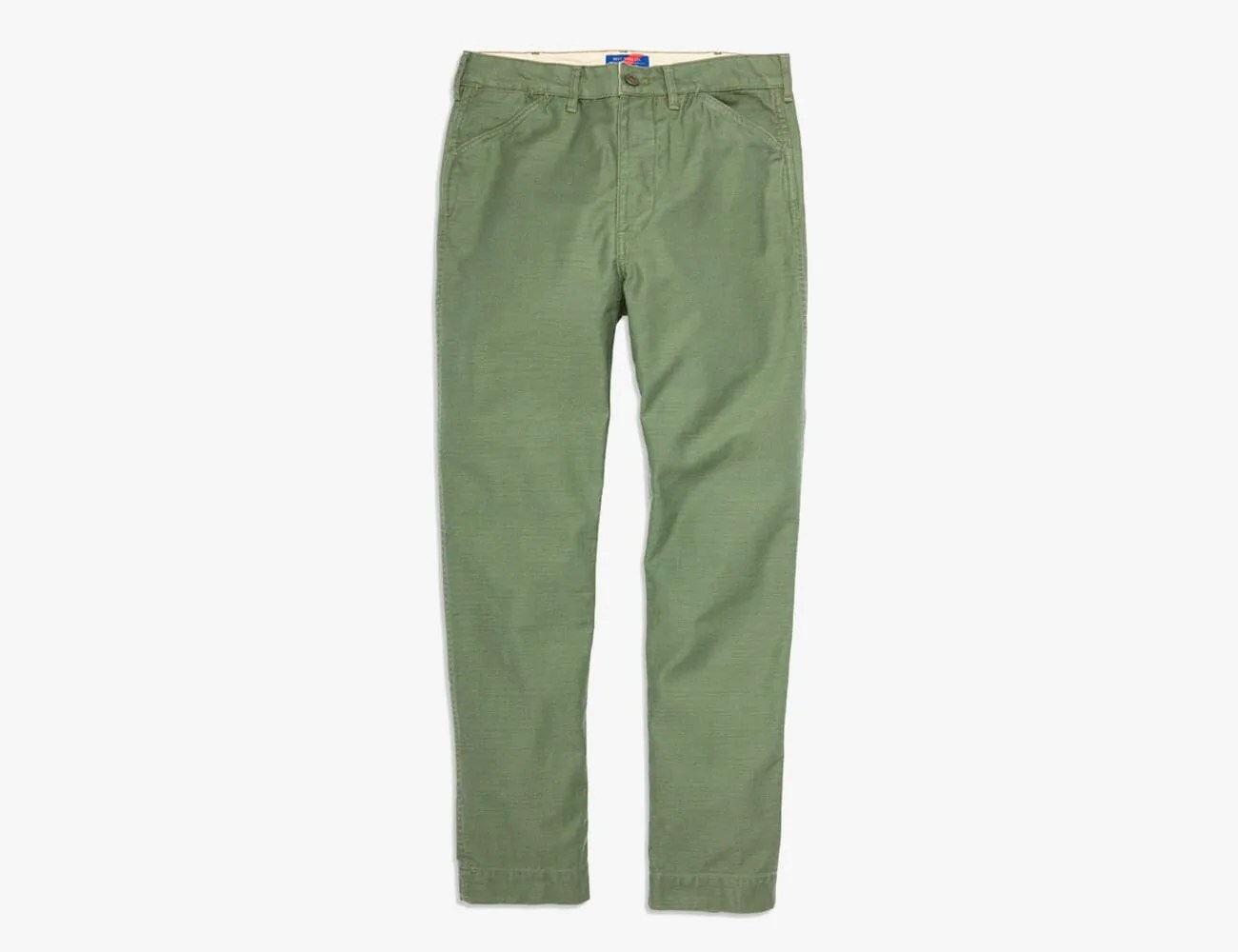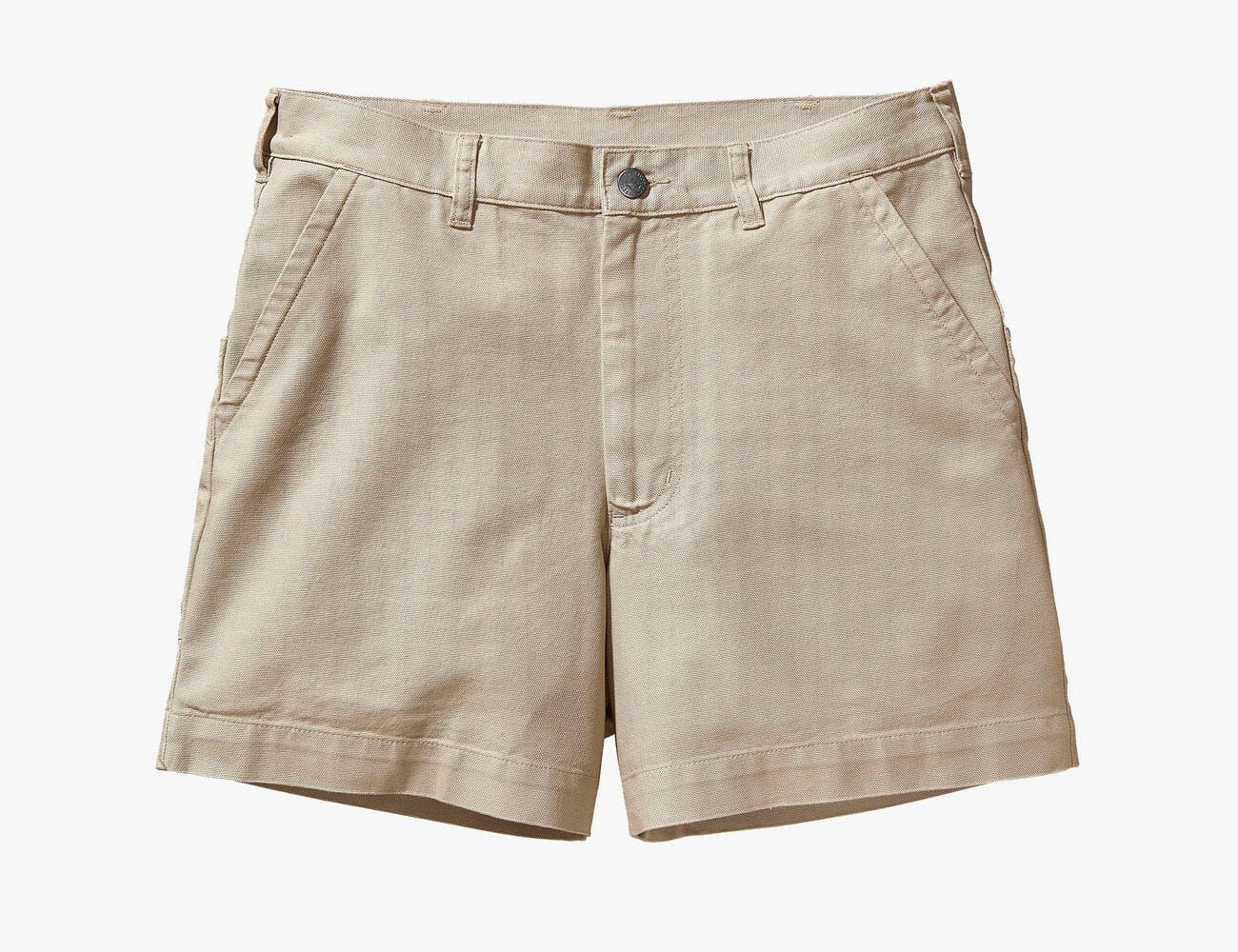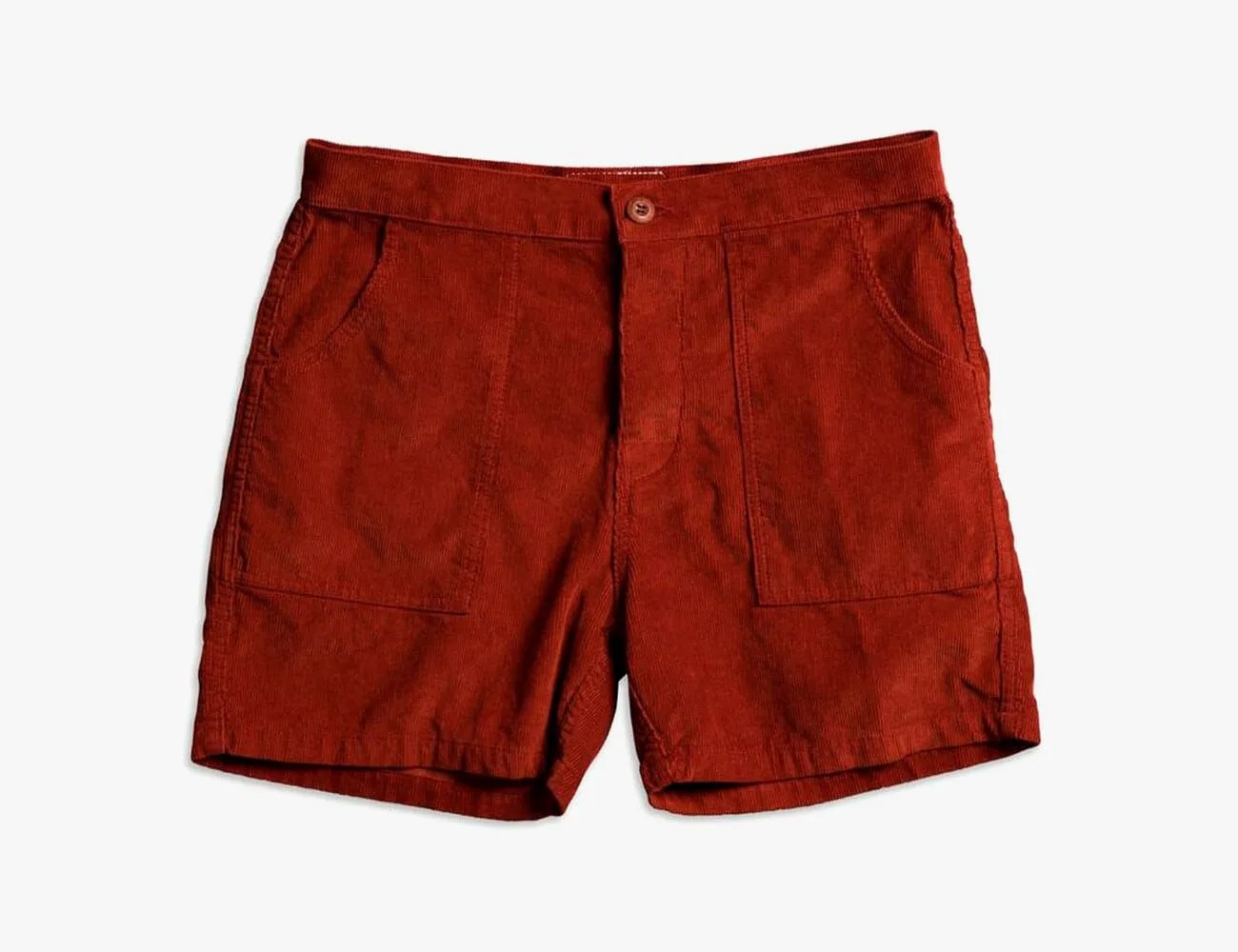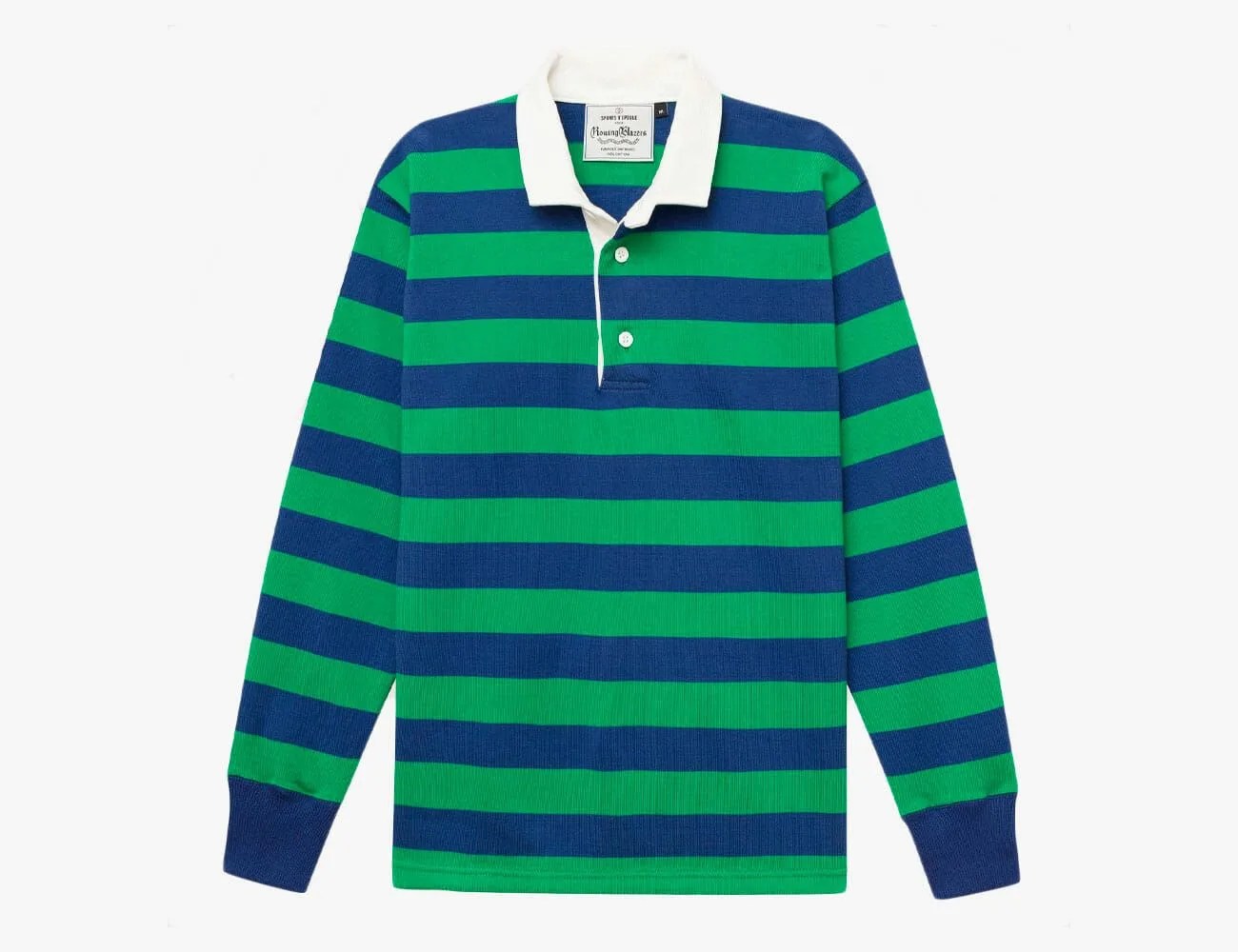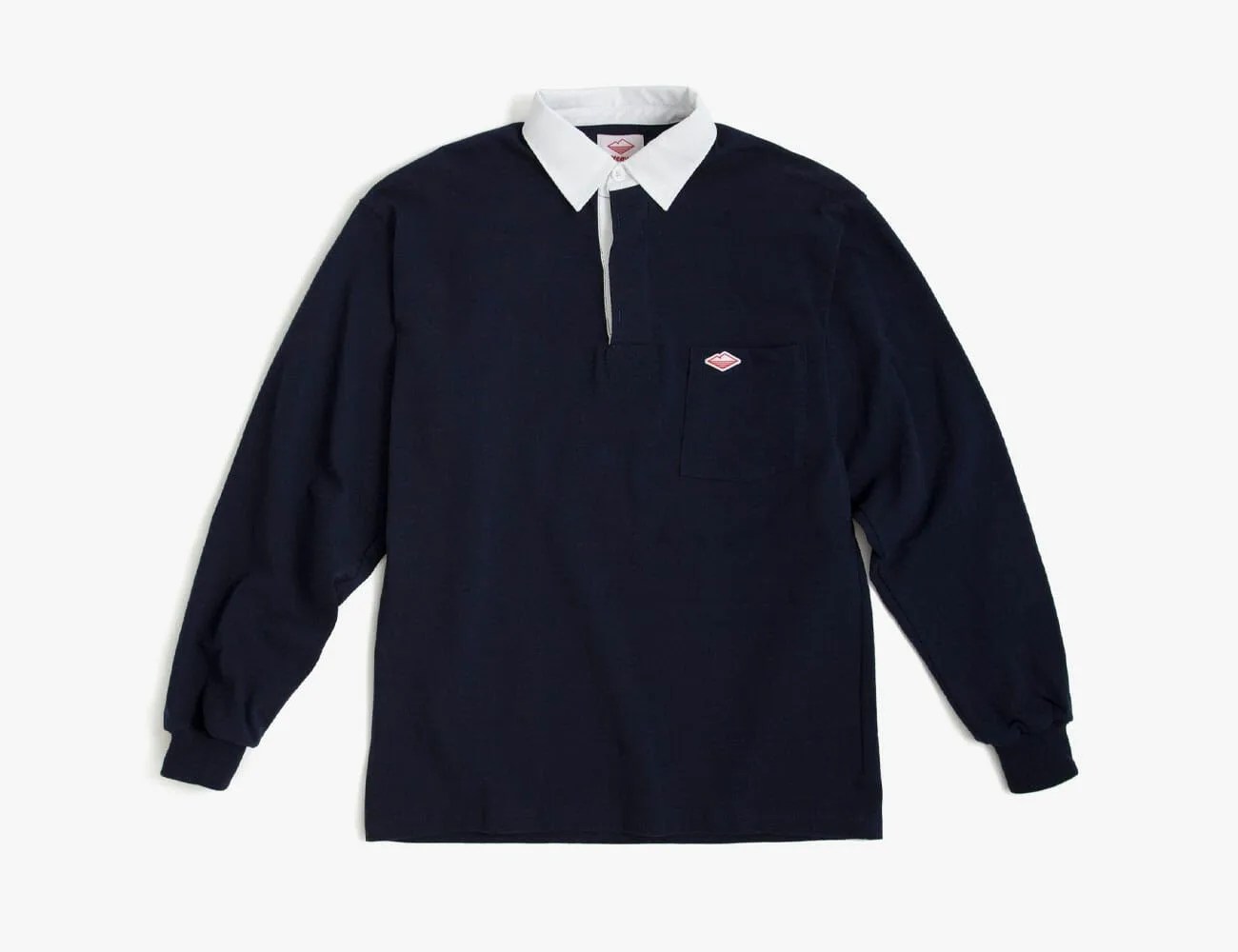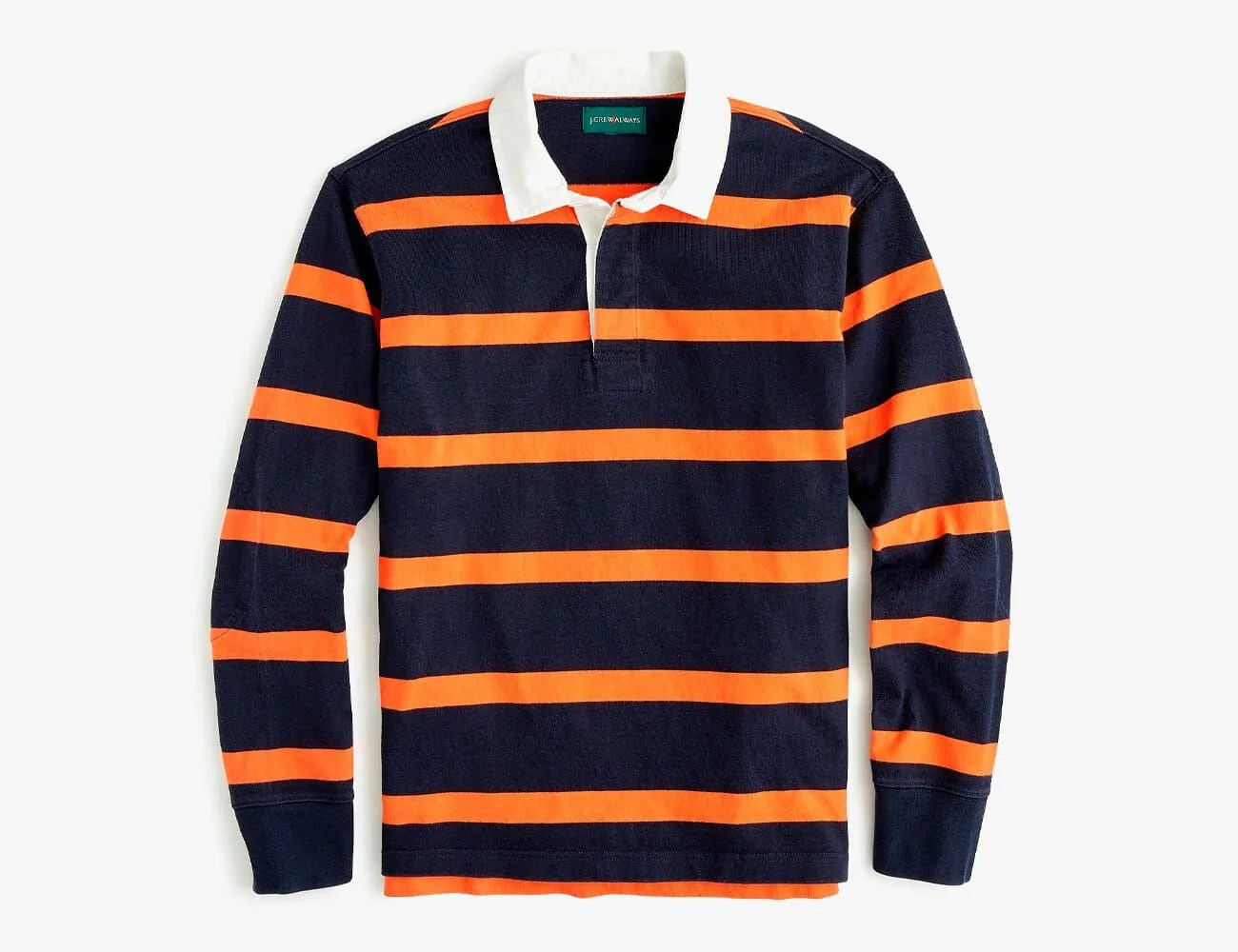In the 1970s rock climbing was on the cusp of something. While the U.S. was still reeling from the turbulent 1960s, the first issue of Climbing magazine hit a handful of outdoor stores. The sport was gaining popularity and recognition. And over the following decades, it grew incredibly — now, climbing walls occupy floor space in countless gyms and outdoor shops. But before global recognition and award-winning documentaries, climbers were a scrappy subculture making do with what they could.
Preceding the creation of brands like Patagonia and fabrics like Gore-Tex, the climbers of the ’70s — and before — had to make their own kits. Local army surplus stores and thrift stores were the main suppliers for climbers in those days. As such, the styles that emerged from the fledgling decades of climbing were distinct and, interestingly enough, wouldn’t look at out of place on the street today.
“The majority of Americans participating in outdoor sports actually had to get the clothing they needed from either department stores or from army surplus stores.”
Climbers’ fits prioritized functionality over anything else. “The use of a lot of military goods, workwear and even rugby shirts in climbing speak to the particular rigors you encounter climbing,” says Dr. Rachel Gross, a postdoctoral fellow at the University of Montana and historian of American outdoor clothing and gear. While the physical rigors of climbing can be compared to those in battle or manual labor, the sport does have some unique strains. “There is very little opportunity to adjust clothing [to accommodate for] a range of temperatures or wind conditions because you can’t readily change a pair of pants or add another layer,” Gross says.
Brands like The North Face and REI weren’t as abundant as they are today, so purpose-designed climbing gear was often hard to find. “The majority of Americans participating in outdoor sports actually had to get the clothing they needed from either department stores or from army surplus stores,” Gross says. For pants, the best value was either old army fatigues or white painter’s pants. Both were dirt cheap, hard wearing and loose fitting, providing the wearer with maximum movement when scaling a sheer rock face. Patch-pocket OG-107 fatigue pants were practical and comfortable, with ample pocket space and voluminous leg openings. Painter pants, on the other hand, were the most ubiquitous choice of the era, and are still a popular pant for some climbers today.
The most iconic garment of a ‘70s climbing kit was the rugby shirt. How rugbies got on the backs of climbers in the Western U.S. is slightly contested, but one story goes like this: Yvon Chouinard, the founder of Patagonia, bought a rugby on a climbing trip to Scotland in 1970. Returning to California, all his climbing mates saw the rugged utility of the shirt. Made from rugged cotton jersey, the long-sleeved rugby guarded against the elements and its collar provided necessary protection for climbers. With hexes, clamps and other climbing gear, “there was a lot of metal that you were wearing around your neck,” explains Val Franco, one of the two long-time employees behind Patagonia’s archive. “The rugby shirt allowed you to rest that on your neck and not get chafed.”
With nowhere to buy rugby shirts domestically, Chouinard first ordered them from England but later decided to produce the style at Patagonia. “We all had one, or maybe two or three because they came in some really cool colors,” says Franco. “If you were cool, you were wearing a rugby shirt.” Franco, who ran Patagonia’s first sewing shop in 1973, remembers 12 original colorways of rugby shirts then. And while Patagonia still keeps a rugby or two in rotation, the best place to hunt for the vintage shirts is the brand’s own vintage site Worn Wear. If you scan archival photos of climbers from the decade, not all the rugby shirts were made by Patagonia, but they all share a similar design: thick stripes and bold colors, features which stood out against drab fatigues and harsh rocks.
In recent seasons, workwear-inspired pants (including painter and carpenter varieties) and rugby shirts have taken over the men’s marketplace. While the popularity of the styles may be coincidental, they make a direct reference to a distinct era in American climbing. And the styles offered by modern brands aren’t that different than the garments used decades ago — they’re rugged and functional, built to take a beating. But to see the original clothing in action, be sure to check out the 2014 documentary Valley Uprising, which you can still catch on Netflix, or try to snag a copy of Glen Denny’s Yosemite in the Sixties.

